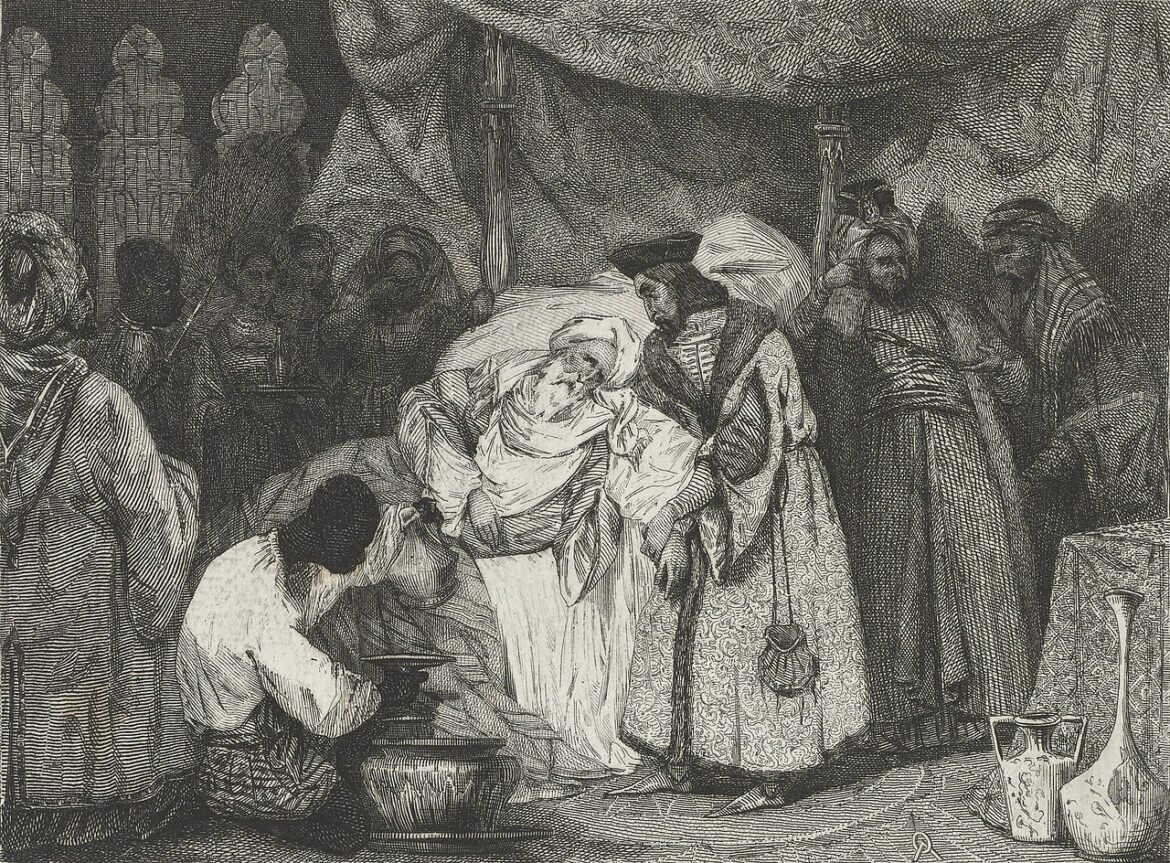The astronomical discoveries of Nicolaus Copernicus represent Poland’s greatest contribution to modern world science. Other Polish scientists, whose achievements are now forgotten, also gained attention in the world at the time. One of them was the physician Josephus Struthius (1510-1568), a precursor of cardiology, who initiated the representation of blood circulation in the human body in the form of diagrams.
Josephus Struthius was born in 1510 in Poznań to a bourgeois family. He studied at the city school, then at the Collegium Lubranscianum, a modern Poznan university based on Renaissance models. After studying medicine at the Kraków Academy, he trained and then taught medicine in Padua. He knew the ancient languages and translated the works of the ancient physicians, Galen and Hippocrates. After his return, he lectured in Kraków, became a physician to King Sigismund the Old of Poland and cured his daughter, Isabella. Together with the princess, the fiancée of Hungarian King John Zapolya, he went to the Hungarian court. He participated in an envoy to the Sultan Suleiman the Magnificent. He cured the ruler of an illness against which Ottoman doctors were helpless. Struś received an offer to stay in the Ottoman Empire but he refused.
Having returned to Poznan, he brought aid during the plague. His popularity led to him becoming twice mayor of Poznań. Strus’s fame went beyond the borders of Poland, as King Philip II of Spain wanted to employ him as a physician and advisor. However, he preferred to remain in his homeland, and became physician to his native King Sigismund Augustus. He died in 1568, treating the inhabitants of Poznan during an epidemic.
Struś made a great contribution to the development of medicine, especially sphygmology. He distinguished five types of pulse, depicting them in the figure of the fingers of the hand. He recognised the close relationship between the pulse, heart, and the metabolism of the body, as well as the existence of nerves that change the tension of the vessel wall. His treatise, published in Basel in 1555, was used, among others, by William Harvey. Struś pioneered the idea of the lie detector, in which he preceded Daniel Defoe by 200 years. He also studied the contagiousness of syphilis and other diseases.





